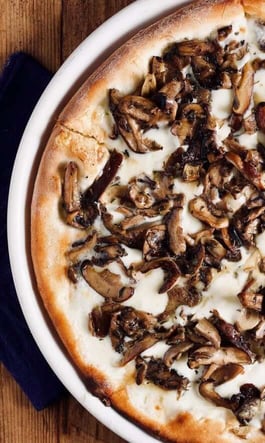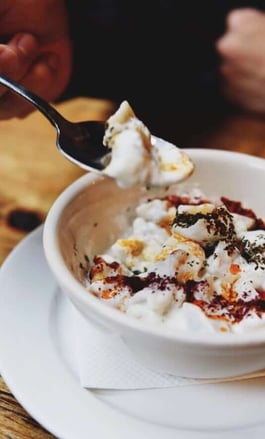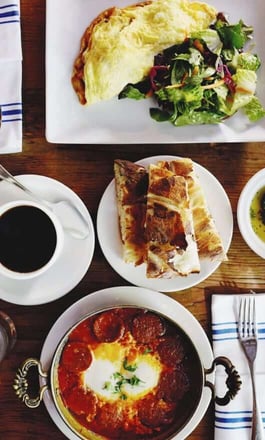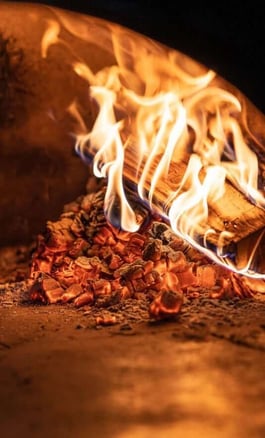Dolma, a Distinct Turkish Treat
Flavorful Turkish dishes often come from simple recipes with high-quality ingredients, and Turkish dolma is a stand-out example.
Dolma can be any stuffed vegetable. But in Turkish and Balkan-area cuisine, grape leaves are most commonly used to make dolmas, wrapping minced vegetables, meats, and seasoning.
How Dolmas Are Made
Dolmas have a distinct cooking process. Essentially all dolmas combine meat or vegetables with rice and generous seasonings. After the stuffed grape leaves are somewhat loosely wrapped, it is baked or simmered over a stove while the dolmas are mostly submerged in water. As the rice expands inside the stuffed grape leaves, they fill out and become more tightly wrapped.
There are two types of dolma: with meat and without. Meat dolmas originated in the Middle East and feature minced beef, pork, or lamb. Stuffed grape leaves with meat are served hot and often cook in an egg-lemon sauce or are sprinkled with Turkish lemon salt (citric acid) for seasoning.
Stuffed grape leaves without meat are more connected with the Mediterranean region. The simple flavors and texture of the grape leaf are distinguishing, as are sauces that feature cilantro and lemon in conjunction with the rice. Somewhat healthier than meat-stuffed grape leaves, vegetable dolmas will cook the stuffing in olive oil rather than butter or vegetable oil. The non-meat stuffed grape leaves are best served as appetizers cold with yogurt on the side.
All in the Ingredients and Preparation
The best leaves for dolmas are fresh, whole grape leaves. Grape leaves for cooking are best picked before there are grapes on the vines. In late spring or early summer, grape leaves will be tender and young. The best grape leaves for dolmas are 4 to 5 inches wide, shiny, smooth, and light green. Leaves any larger than that are likely to be more tough and chewy. Most recipes call for approximately 100 leaves, which yields about 30 servings. If fresh grape leaves are used, they should be briefly soaked in a brine solution, which helps to soften the leaves, but if the leaves are canned, they will already have been soaked and softened. After a cold rinse, their leaves are ready for use.

Rolling dolmas properly is a distinct skill. Just a teaspoon or two of the filling is required, placed in the middle of the leaf. Leaving space at the end of each leaf ensures an easier fold and a place to tuck the excess leaf. If the center vein is particularly thick, the leaves can be rolled from the side. Stuffed grape leaves should be rolled somewhat like a loose cigar, since the rice in the filling will expand to make for a tighter dolma.
Dolmas are inherently full of variety because they can be stuffed with anything. The non-meat dolmas can sometimes feature nuts, peas, and raisins or prunes. Chopped with onions and added to the rice, the nuts and raisins will add texture. After lining the pot with extra leaves, to ensure that the pot does not overly darken the stuffed grape leaves, about an hour is all that’s needed to cook the closely-spaced dolmas in its broth.
There’s much to be said for the flexibility and variation in Turkish dolmas that’s been earned over hundreds of years of culinary creation.






